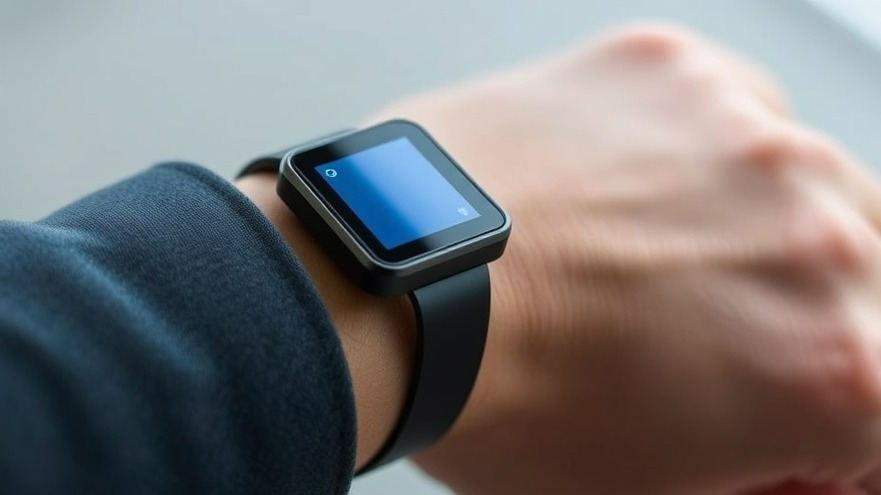
Revolutionizing Blood Monitoring: The CircTrek Device
In an exciting breakthrough for medical technology, researchers at the Massachusetts Institute of Technology (MIT) have introduced CircTrek, a noninvasive wearable device capable of tracking individual cells in the bloodstream in real time. Unlike traditional methods, which often yield a static snapshot of a patient's health, this innovative gadget offers continuous monitoring, significantly enhancing clinical insights and patient care.
How CircTrek Works: The Technology Behind the Innovation
The CircTrek device operates using a focused laser beam to stimulate fluorescently labeled cells nestled beneath the skin. By incorporating antibody-based fluorescent dyes or genetically modified fluorescent proteins, the device can identify individual cells as they circulate in the bloodstream. This level of precision marks a significant advancement over existing monitoring technologies like in vivo flow cytometry, which is cumbersome and not practical for patient care. Moving away from extensive equipment that takes up entire rooms, CircTrek is worn comfortably like a wristwatch, allowing for seamless integration into a patient's daily life.
The Implications for Patient Care and Disease Management
This new level of real-time monitoring offers numerous potential applications for patient care. For instance, CircTrek can facilitate early diagnosis of diseases and help in assessing the effectiveness of treatments, processes that traditionally depended on periodic blood tests. Additionally, it has the potential to alert healthcare providers about any concerning changes in a patient’s condition, enabling timely interventions. "CircTrek offers a path to harnessing previously inaccessible information, enabling timely treatments," said Deblina Sarkar, the lead researcher. This device could revolutionize how chronic conditions, such as cancer and autoimmune diseases, are monitored and treated.
Comparing Wearable Technologies: A New Era for Health Monitoring
The emergence of wearable health technologies is gaining momentum, as exemplified by CircTrek, and it is essential to compare these innovations. While smartwatches and fitness bands monitor heart rate, physical activity, and sleep patterns, they have not been able to provide insights into the bloodstream at a cellular level. The unique capabilities of CircTrek to analyze circulating cells opens new doors not only for individual health tracking but also for broader applications in clinical settings, far beyond what conventional wearables offer.
Future Predictions: A New Standard in Personalized Medicine
As wearable technology continues to advance, the integration of devices like CircTrek into everyday healthcare could redefine patient management standards. Predictably, continuous monitoring will evolve from a novelty to a necessity, especially in healthcare systems that prioritize personalized medicine. With the ability to track changes in a patient's blood composition on demand, practitioners will be equipped better than ever to tailor their treatment plans based on individual responses, marking a significant departure from the 'one-size-fits-all' approach.
Counterarguments: Addressing Potential Concerns
While CircTrek presents numerous benefits, it is crucial to consider potential drawbacks or concerns surrounding the use of such technology. These include data privacy issues, where patient data captured by wearable devices could be susceptible to hacks or misuse. Moreover, the reliance on continuously available telemetry could lead to unnecessary anxiety for some patients, prompting health-related concerns with each data point recorded. Healthcare providers should address these concerns proactively, establishing clear guidelines on data security and providing the necessary support to manage real-time health data.
Conclusion: The Call to Action for Healthcare Practitioners
As technology continues to evolve, stay informed about how devices like CircTrek can impact your medical practice. By integrating such innovations into your care strategies, you will not only enhance patient monitoring but also improve clinical decision-making processes. Embracing these advancements will be pivotal in shaping the future of healthcare.
 Add Row
Add Row  Add
Add 




Write A Comment